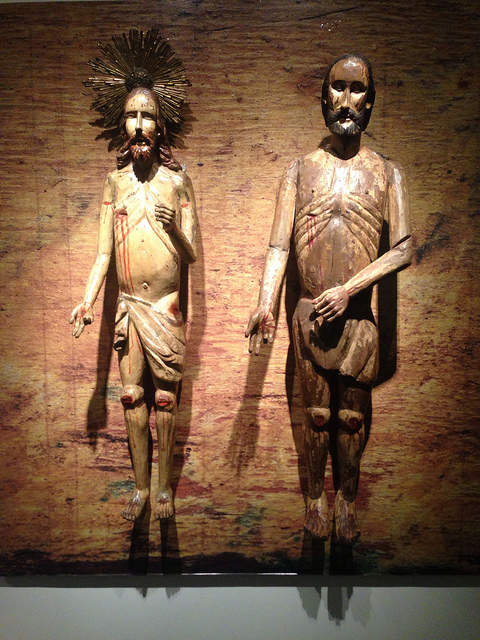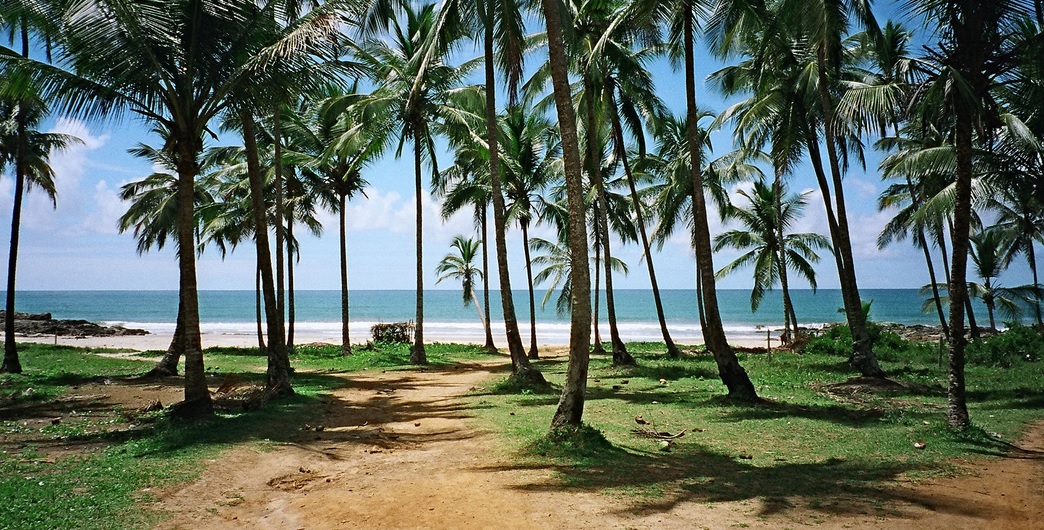Brazilian art is rarely pre-Columbian in nature and mostly a reflection of Western art. Portugal colonized Brazil in the mid-16th century, a time when most of the country was still primitive and had no specific art form.
By the late 16th century, local artistry was born thanks to Western influences and it continues to evolve until this day. The best Brazilian art museums are great places to witness local art and how it has evolved.
Museu de Arte Sacra, Mariana
The museum has some of the best collections of sacred Brazilian art. It can be found in Mariana, a small town located right outside of Ouro Preto. Museu de Arte Sacra also has an impressive collection of gold and silver artwork which complement the colonial mansion where they’re displayed.
Museu de Oratoria
It is located behind the main square of Ouro Preto. Just as its name suggests, the museum boasts a collection of oratories or small altars kept by home owners so they can pray without having to visit a church.
Oratories of different colors and designs are displayed on the museum. Among them are those of Afro-Brazilian origin which, due to the influence of Candomblé religion, are decorated with shells and flowers.
Ouro Preto is one of Brazil’s best preserved colonial towns. Although you can’t fly directly there, Belo Horizonte is about 100 km away and plenty of airlines like the biggest in the country, TAM, fly there.
Monument to Latin America
The landmark is not your typical Brazilian art but represents it nonetheless. It was designed by Oscar Niemeyer, a famous Brazilian architect. The monument is a good example of modernist Brazilian art. You can find it in São Paulo.
Pinacoteca de Estado
Situated in São Paulo, the city has a massive collection of Brazilian art from the 19th and 20th centuries. Among them are the creations of Alfredo Ceschiatti who is known for his Brasilia sculptures.
Museu de Arte Sacra, Salvador
Not to be confused with Museu de Arte Sacra of Mariana, the museum has one of the country’s best collections of Catholic art. Included in these collections are oratorios, oil paintings, and silver work. The Catholic Brazilian art works are displayed at the monastery connected to Igreja de Santa Teresa, a building with architecture worth admiring.





